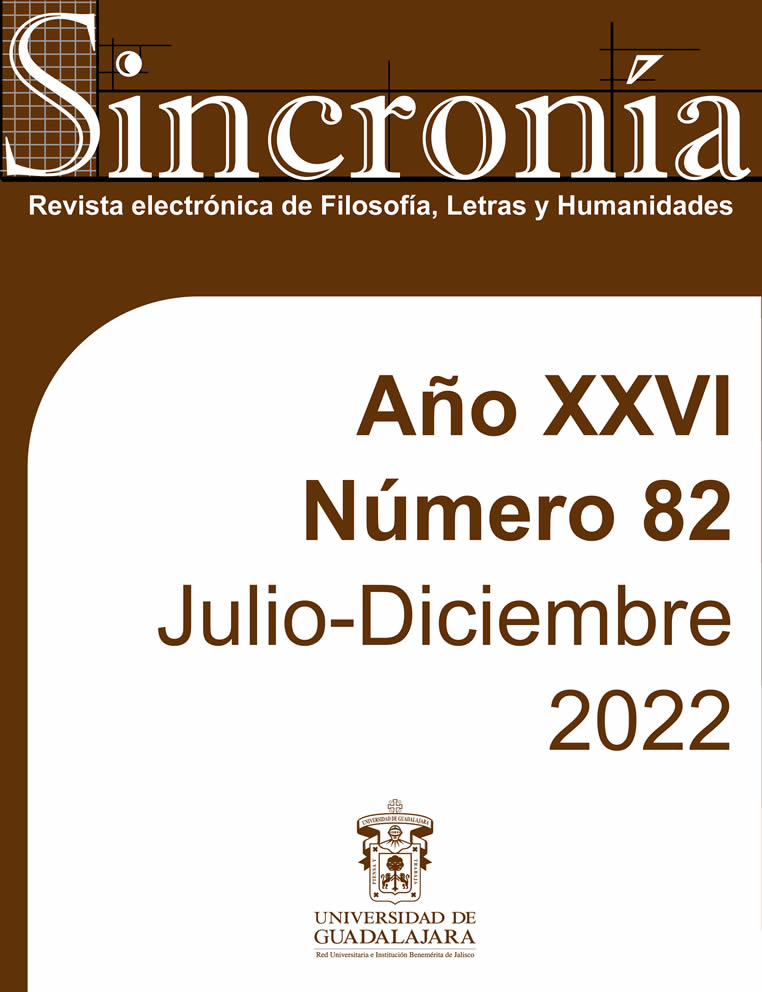Thinking differences. Reading practices of university students according to gender.
Keywords:
Reading research, Reading practices, Gender, University studentsAbstract
The purpose of the study was to identify the differences by gender between the reading practices of
female and male university students. In addition to identifying their literary preferences, it was
examined whether there were differences regarding the self-perception of one and the other as
readers and whether gender was associated with the preference for specific reading formats
(print/digital) or certain forms of acquisition. We applied a self-elaborated questionnaire to 444
students through a proportional stratified sampling. We analyzed the data through the Student's t-
test for independent samples and the Chi-square association test. The results show significant
differences by gender. Specifically, women show a more excellent taste for reading and perceive
themselves much more as readers than men. In addition, the female gender is associated with
reading books in printed format, and the male, with the digital format. Gender differences were also
found in terms of preference for particular readings and literary genres. It is proposed to carry out
more research of this type to delve into these differences and better understand the particularities of
readers and other kinds of links between gender and reading.
Downloads
Downloads
Published
How to Cite
Issue
Section
License
Copyright (c) 2022 Graciela Ceballos de la Mora y Germán Pérez-Verduzco

This work is licensed under a Creative Commons Attribution-NonCommercial 4.0 International License.
You are free to:
- Share — copy and redistribute the material in any medium or format
- Adapt — remix, transform, and build upon the material
- The licensor cannot revoke these freedoms as long as you follow the license terms.
Under the following terms:
- Attribution — You must give appropriate credit , provide a link to the license, and indicate if changes were made . You may do so in any reasonable manner, but not in any way that suggests the licensor endorses you or your use.
- NonCommercial — You may not use the material for commercial purposes .
- No additional restrictions — You may not apply legal terms or technological measures that legally restrict others from doing anything the license permits.




























